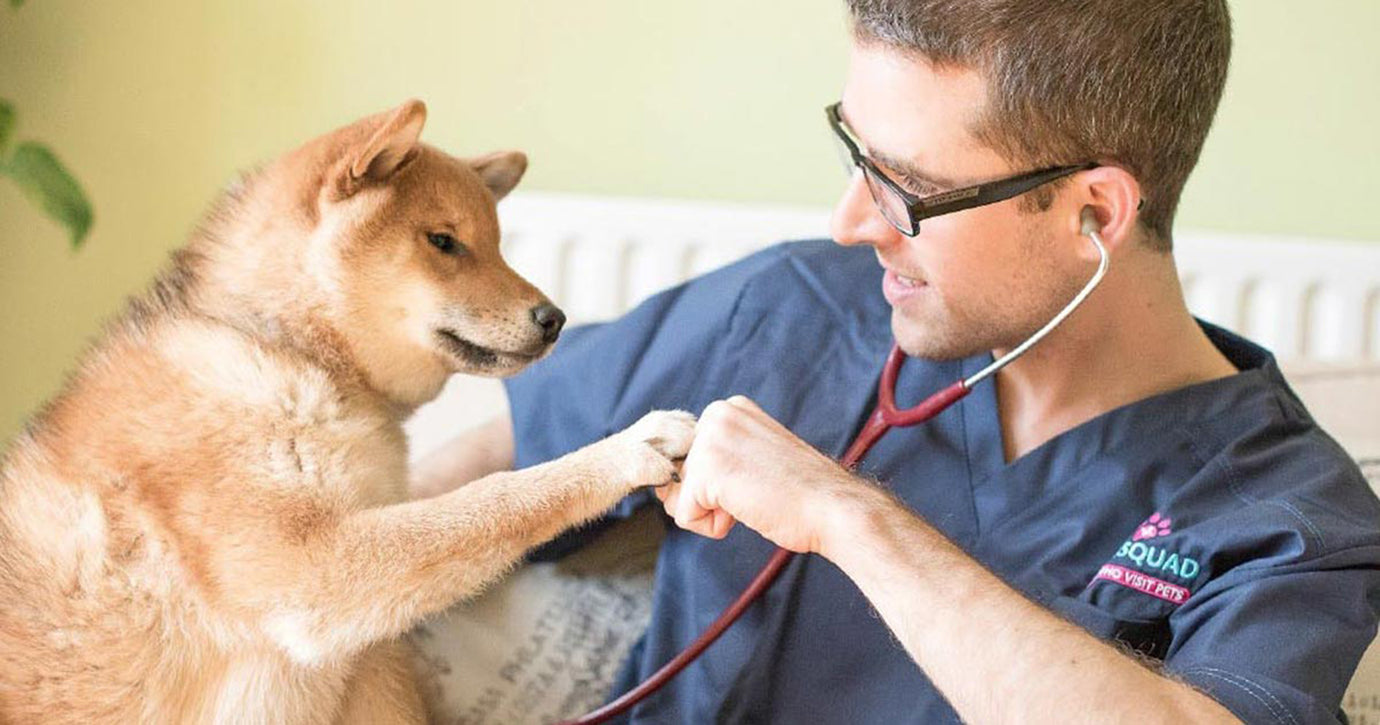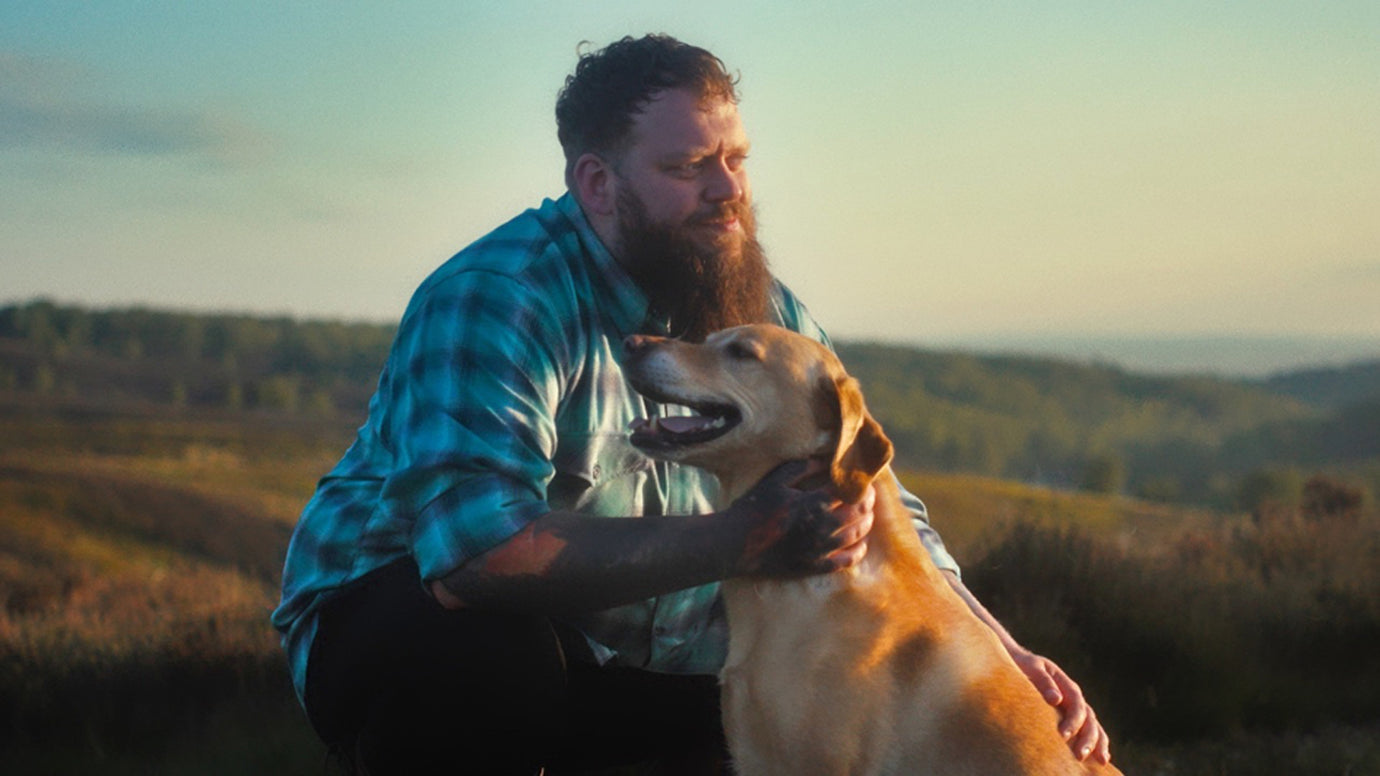Every dog year not equivalent to seven human years, scientists find

Study of DNA changes in labradors suggests puppies age much faster than older dogs.
The Guardian reports that dogs do not simply age at seven times the rate of humans, scientists have found in a study that reveals young dogs might be “older” than previously thought.
The findings suggest a one-year-old puppy is actually about 30 in “human years” – an age when humans, at least, might be expected to have stopped running riot with the toilet paper.
Writing in the journal Cell Systems, researchers at the University of California San Diego’s school of medicine describe how they focused on epigenetic changes to DNA – modifications that don’t change the DNA sequence but can switch genes on or off.
The team looked at the way particular molecules, called methyl groups, accumulated in certain areas of the human genome over time and compared them with how they accumulated in similar areas in the dog genome.
The results, which draw on genetic data from about 100 labrador retrievers from puppies to elderly animals, reveal every dog year is not equivalent to seven human years. Instead, dogs show far more rapid accumulation of methyl groups in their genome than humans within their first year or so, suggesting they age at a much faster rate. However, as time passes, the rate of ageing in dogs, compared with humans, slows down.
The findings suggest a one-year-old dog would have a “human age” of about 30, while by the age of four they’d be about 54 in “human years”, and by 14 they would be on a par with a human in their mid70s. The relationship, the team say, is described by the formula: human age = 16 ln(dog age) + 31. In maths, ln refers to the natural logarithm of a number.
The team says the work now needs to be repeated in other breeds of dog. But, they say, for young and old dogs, the age relationship seems to reflect the times at which humans and dogs experience particular milestones.
“For instance, the epigenome translated seven weeks in dogs to nine months in humans, corresponding to the infant stage when deciduous teeth erupt in both puppies and babies,” the team wrote in a preprint of the study. “In seniors, the expected lifespan of labrador retrievers, 12 years, correctly translated to the worldwide lifetime expectancy of humans, 70 years.
They note that the links are more approximate when it comes to adolescent and mid-life milestones, but they are still more accurate than the previous idea that dogs consistently age at seven times the rate of humans.
The team adds that the study suggests humans and dogs accumulate methyl groups on some of the same genes as they age. These are involved in a variety of functions linked to development, including the assembly of synapses – junctions between neurons.
Prof Lucy Asher, an expert in canine puberty at Newcastle University who was not involved in the research, said she welcomed the study. “If we think about ageing in terms of how old our cells are, this new paper is really useful in matching up human and dog years,” she said, adding that such biological ageing is important for medical and veterinary health.
But, she said, the match breaks down if ageing is considered in terms of behaviours, hormones or growth – meaning we shouldn’t be surprised at the escapades of young dogs.
“Whilst a 30-year-old human might have cells of an analogous ‘age’ to a one-year-old dog, many dogs won’t be fully grown at this time and they will still have unsettled hormones and behaviour associated with puberty,” she said, noting that one-year-old dogs act more like human teenagers. “The development of dogs is not just a shortened version of the human development, which is why it’s difficult to find a clear match-up between a dog’s age and a human’s age.”
(Story source: The Guardian)





